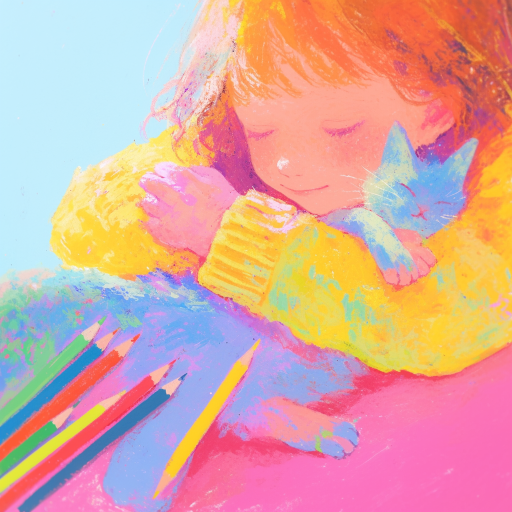Explore the Best AI Image Gallery

The Canvas of Tomorrow: Exploring AI-Generated Art
As technology advances at an unprecedented rate, the art world is witnessing a profound transformation through AI-generated images. These creations challenge traditional notions of authorship, creativity, and the very definition of art itself. As artists and technologists collaborate, the canvas is becoming a digital playground where innovation and creativity intersect.
The Rise of AI-Generated Images
AI-generated art utilizes algorithms and machine learning techniques to produce images that can replicate, remix, or create entirely new visual content. By analyzing vast datasets of existing art, neural networks can learn styles, themes, and techniques, allowing them to generate artwork that often surprises even the creators. Breakthroughs in Generative Adversarial Networks (GANs) have been particularly influential in creating highly sophisticated images.
One prominent AI application is Artbreeder, a platform that allows users to blend multiple images and apply AI techniques to produce unique outcomes. In less than a few clicks, users can create and modify portraits, landscapes, and other art forms, showcasing the ease with which AI can enhance creativity.
Impact on the Creative Industry
AI-generated images are reshaping the creative industry in several ways:
- Accessibility: Tools that generate art make creativity accessible to a broader audience, including those who may lack traditional artistic skills.
- Collaboration: Artists now collaborate with AI, utilizing it as a tool to explore new concepts and push the boundaries of their work.
- Efficiency: The speed at which AI can generate and iterate on designs can lead to significant improvements in the production cycle across various industries like advertising, video games, and fashion.
- Customization: AI can create personalized artwork tailored to individual preferences, revolutionizing how consumers purchase and interact with art.
Potential Uses of AI in Art
The uses of AI in art are diverse and growing:
- Art Exhibitions: Museums and galleries are beginning to showcase AI-generated art, prompting discussions about authenticity and creativity.
- Film and Animation: AI-generated visuals can assist in storyboarding and visual effects, bringing imaginative scenes to life with ease.
- Marketing: Brands are leveraging AI-generated images for advertising campaigns, enabling unique and eye-catching content that engages customers.
- Therapeutic Applications: Art therapy using AI-generated works can provide new forms of expression for individuals seeking to overcome mental health challenges.
Ethical Considerations
Despite the exciting possibilities, the rise of AI art raises several ethical concerns:
- Copyright Issues: The appropriation of existing art styles can lead to copyright disputes, raising questions about ownership and compensation.
- Job Displacement: As AI takes on creative tasks, there is potential for job displacement among artists, designers, and creatives.
- Authenticity: The debate on whether machines can create “true” art brings to light complex questions about what it means to be an artist.
- Bias and Representation: AI systems can inadvertently perpetuate bias if trained on unrepresentative data, potentially leading to homogenous artistic expressions.
Future Trends
The future of AI-generated images in art is promising and full of potential. As technology continues to advance, we can expect:
- Improved Quality: Algorithms will become better at mimicking the subtleties of human artistry, leading to more sophisticated outputs.
- Greater Integration: AI tools will likely become more integrated into traditional art practices, providing artists with enhanced capabilities.
- New Artistic Movements: The uniqueness of AI-generated art could lead to the emergence of new art movements that blend human and machine creativity.
- Ethical Standards: As the industry evolves, there may be a push for clear ethical guidelines governing the use of AI in art.
Conclusion
The intersection of AI and art is a fascinating realm filled with promise and complexity. Artists, technologists, and society must navigate this landscape thoughtfully, embracing the benefits while addressing the challenges posed by these innovative tools. As we step into a new era of creativity, the potential of AI-generated images opens up endless possibilities for artistic expression and exploration.